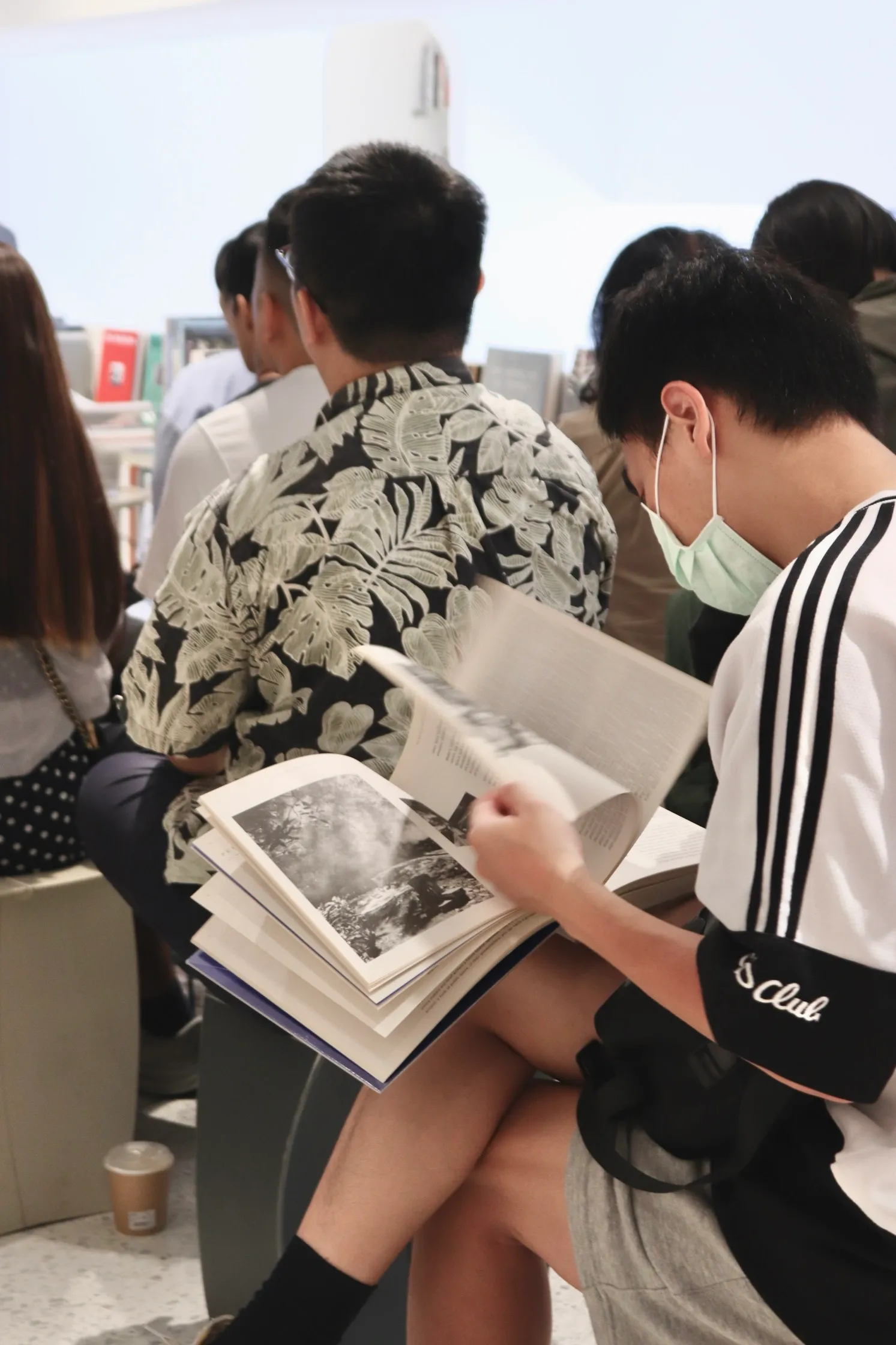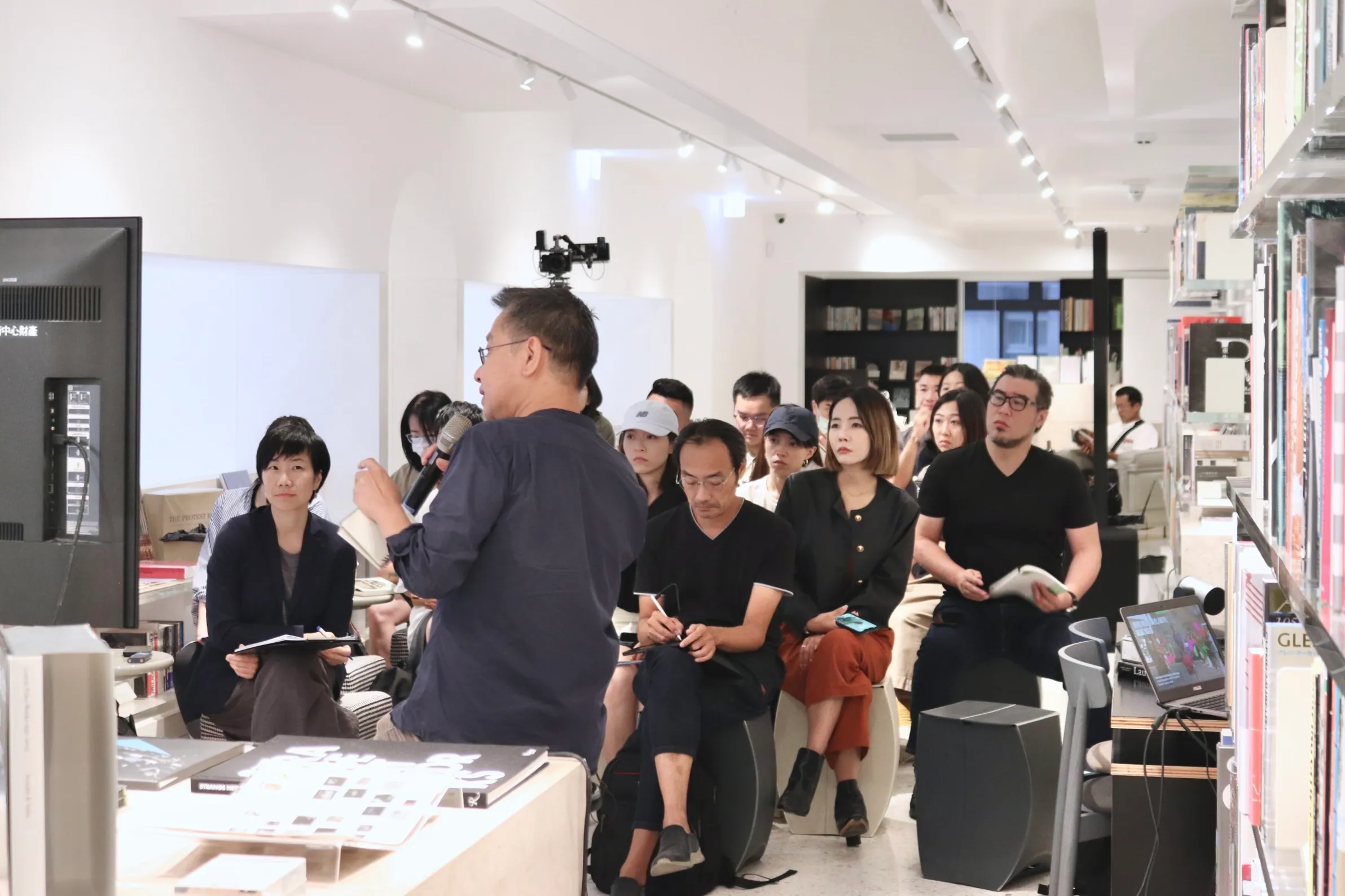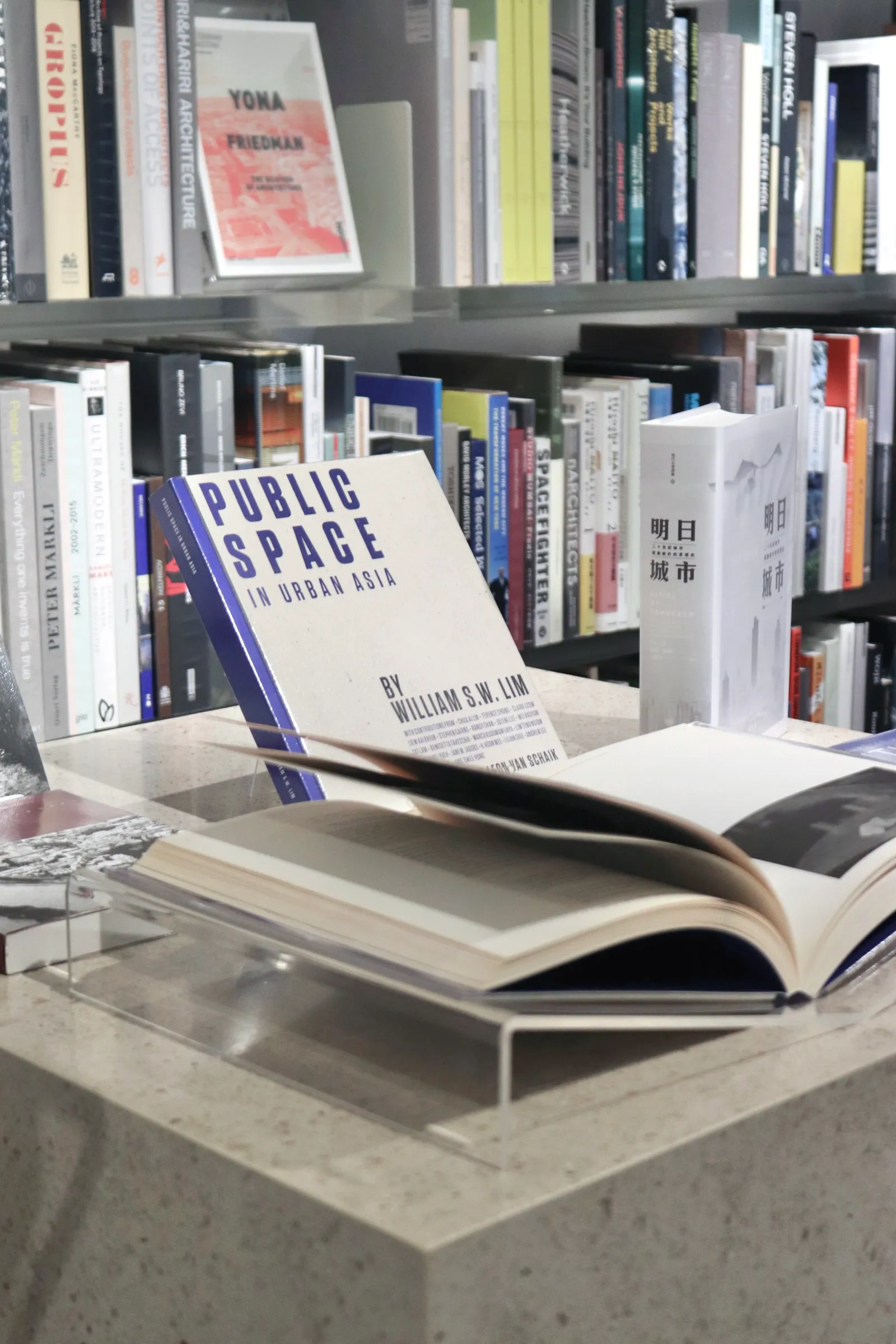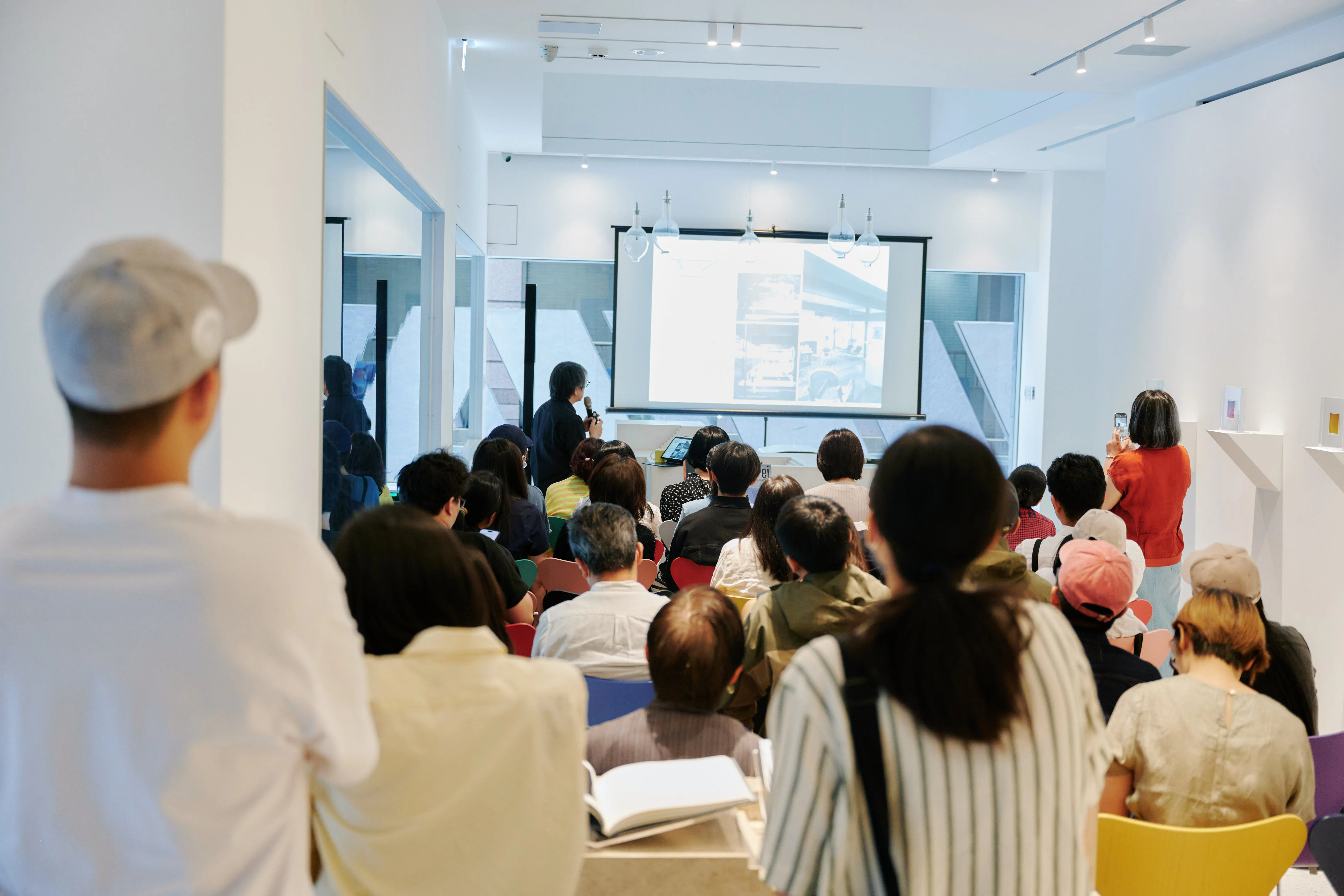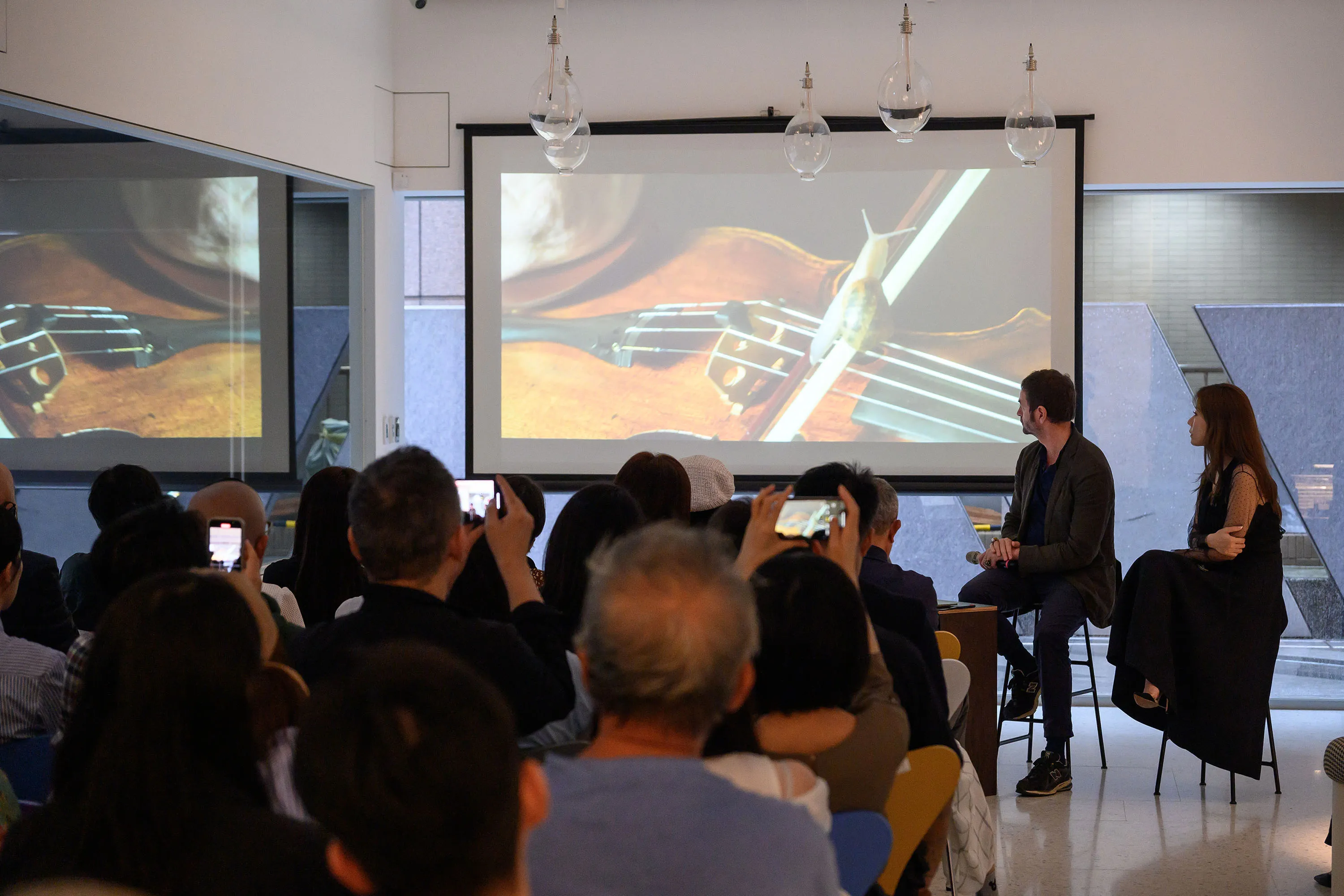
BOOKTALKS| Urban Landscape Lecture Series—A Memo for the Public Space in Urban Asia
Guided Reading
Yu Hsinko, PhD Candidate in Urban Studies, TU Delft School of Architecture
presiding
HUI-FANG LIU ASSISTANT PROFESSOR, DEPARTMENT OF URBAN DEVELOPMENT, TAIPEI CITY UNIVERSITY
Conversation
Hou Zhiren Professor, Department of Landscape Architecture, University of Washington
Su Mengzong, Assistant Professor, Department of Architecture, Donghai University
Luo Yat-Ching Assistant Professor, Department of Architecture and Urban Design, Chinese Culture University
locations
Wen Shin Art Center (No. 6, Lane 10, Lane 180, Section 6, Section 6, Minquan East Road, Neihu District, Taipei City)
fees
Free admission, advance registration is required ($150 is available at the on-site bookstore and discounts on books and drinks are available)
Event Content
“Prov. The public. The Decisive Tomorrow World series of lectures extends to a late-night reading session for selected books in the arts of literature. Launched by the Wen Shin Arts Foundation, Liu Huifang, Assistant Professor of the Department of Architecture and Urban Design, Culture University, invited experts in digital architecture to submit their favorite theoretical works in the fields of landscape, cities, architecture, and more. Unlike previous discussions of pure architecture, we look at cities, buildings, and public spaces from a more diverse perspective, discussing concepts such as Urbanism, Commonality, Publicity, and Future Cities in the book. The third volume “Memo for the Future of Asian Cities” will be produced by Professor Shinko “Public Spaces in Asian Cities” (Public Spaces in Urban Asia) for an introductory lecture, and invited Hu Zhiren, Professor of Landscape Architecture at the University of Washington, USA, as a special guest and talk.
Public Spaces in Asian Cities was compiled by Singapore's foremost urban architect and urban scholar (Urbanist) Lin Siu Wei. The book summarizes the erosion of public spaces by the forces of laissez faire in the face of rapid urbanization in Asian cities, especially in a capitalist society such as Singapore that places profit creation first and places public spaces throughout the city as a place for consumption. This offers a positive urban sense of affordability, accessibility, as opposed to traditional public spaces. The book is an inky critique of Singapore's public and space, and invites views from Chongqing, Hong Kong, Jakarta, Kuala Lumpur, Singapore and Taipei as cities to participate in the review. Finally, these thoughtful views highlight the importance of spatial justice. Written in 2014, this book reminds us to engage with and understand the realities of the city today — in particular, the importance of creating well-being for everyone in society.
Event Review
Unlike most books that discuss architecture, it does not talk about how to plan and design, but rather explores the relationships and levels of entanglement between public spaces and cities that have been created. William SW Lim, editor, 1932-2023, is a renowned architect in Singapore who believes that the understanding and importance of public spaces in different cultural contexts is different, although today due to globalisation and privatisation, there are many “privately owned public open spaces” (POPs: Privately Owned Public Spaces) due to economic globalisation and privatisation. Contemporary public spaces should be open to all, accessible areas of all backgrounds and incomes, and reflect the diversity of the city, such as Temple Cheng 。 The authors further propose three strategies for “production public spaces”: Temporary Occupancy, Residual Space, and Adaptive Reuse. All three can be found in Asian life, such as “Occupy Central”, a migrant gathering in central Hong Kong at certain times, the Taipei MRT's wide interconnecting passages used as a dance space for students, the Taipei Station lobby where crowds gather to rest, etc. By giving social and cultural significance to these spaces, these public spaces are formed by engaging and engaging with the public sector and gaining a truly public space. Reader Yu Hin also discusses several more complex and important urban scenarios in the book, such as Bukit Brown Cemetery in Singapore, the comparison of Hong Kong's West Kowloon Cultural Park with Kwun Tong coal, and Taiwan's “Reading Violation” exhibition, “Happiness and Well-Being”. and Well-Being)” responds to the book's most central question — why was public space created?


